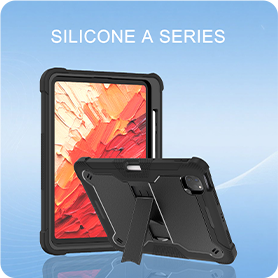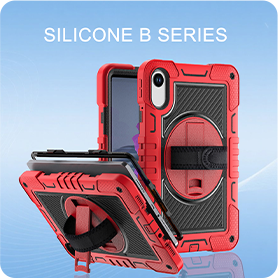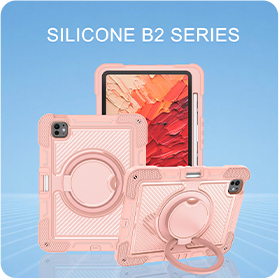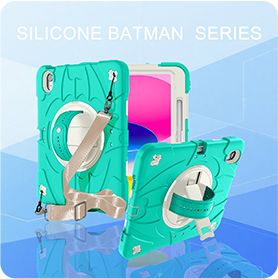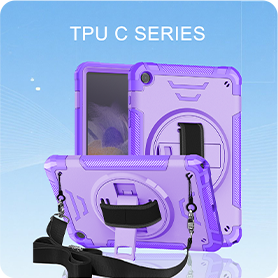- 1
- BLACKL
- TABLET
- CATEGORIES
Are Tablet Case Suppliers Truly In Tune with the Real Needs of Users? A Deep Dive into Shockproof Solutions
As tablets continue to dominate the tech market, users have become increasingly aware of the need to protect these devices. One of the most commonly used accessories is the shockproof tablet case, designed to protect the device from drops, bumps, and everyday wear and tear. However, the question remains—are suppliers really in tune with the pain points of users when it comes to selecting a tablet case?
The Need for a Shockproof Tablet Case
Tablets have become an essential tool for work, study, and entertainment. Whether used for business meetings, school lessons, or watching videos, they are exposed to potential risks every day. As such, a shockproof tablet case becomes a necessity. These cases are supposed to provide superior protection, but the real question is: Do they meet the actual needs of users?
Pain Point #1: Heavy and Cumbersome Cases
One of the most significant complaints among tablet users is the heaviness of their protective cases. Many shockproof tablet cases are bulky and cumbersome, making it difficult to use the tablet comfortably. Tablets are designed for portability, and a heavy case takes away from the convenience of carrying a lightweight device. Suppliers need to understand that users want a case that strikes a balance between protection and portability.
Pain Point #2: Lack of Genuine Shock Absorption
Shockproof cases are supposed to protect tablets from drops and impacts, but many users find that their cases fail to provide adequate shock absorption. Although cases may appear sturdy, they often don’t perform as promised when subjected to real-world conditions. A high-quality shockproof tablet case should offer genuine protection against drops, bumps, and accidents, but many cases fall short. Suppliers need to ensure their cases live up to their claims and invest in better materials and designs.
Pain Point #3: Limited Options for Personalization
While protection is the priority, tablet users are also looking for cases that reflect their style. A shockproof tablet case should not only be functional but also visually appealing. Unfortunately, many tablet cases on the market come in limited colors and designs, offering little room for customization. Users want to personalize their tablets, and a variety of case styles can allow them to do just that. Suppliers must recognize that style and protection can go hand in hand.
Pain Point #4: Compatibility Issues with Other Accessories
Another common problem that tablet users face is the compatibility of their tablet cases with other accessories. A shockproof case may not work well with accessories such as keyboard docks, stands, or charging devices. This incompatibility forces users to either compromise on protection or sacrifice functionality. Suppliers need to design shockproof tablet cases that are compatible with other accessories, ensuring that users can fully utilize their tablets without removing the case.
Pain Point #5: The Price Dilemma
While quality protection is essential, price remains a major factor for many tablet users. A shockproof tablet case can be an expensive investment, and many users are reluctant to pay a premium unless they are sure that the case offers excellent value. Suppliers need to find the right price point for their products, offering high-quality cases at reasonable prices. Users are willing to spend on protection, but they expect the price to reflect the quality of the case.
What Suppliers Can Do to Address These Pain Points
To truly meet the needs of tablet users, suppliers must take a user-centric approach. The ideal shockproof tablet case will be lightweight and slim while still offering superior protection. It should be made from durable materials that provide genuine shock absorption. Additionally, suppliers should offer a range of designs, colors, and customization options, allowing users to express their personal style. Compatibility with accessories is also critical, as users rely on various tools to enhance their tablet experience.
Conclusion
Tablet case suppliers must go beyond marketing their products as shockproof and consider the real-world needs of their customers. By listening to user feedback and making improvements based on pain points like bulkiness, shock absorption, style, and compatibility, suppliers can create products that truly meet the expectations of tablet users. The ideal shockproof tablet case will offer a perfect balance of protection, usability, and design—meeting both functional and aesthetic needs.
.png)
+86 13422271740
.png)
info@tongmeitech.com
.png)
No. 34, Mashe Section, Guihe Road, Lishui Town, Foshan, Guangdong, China
